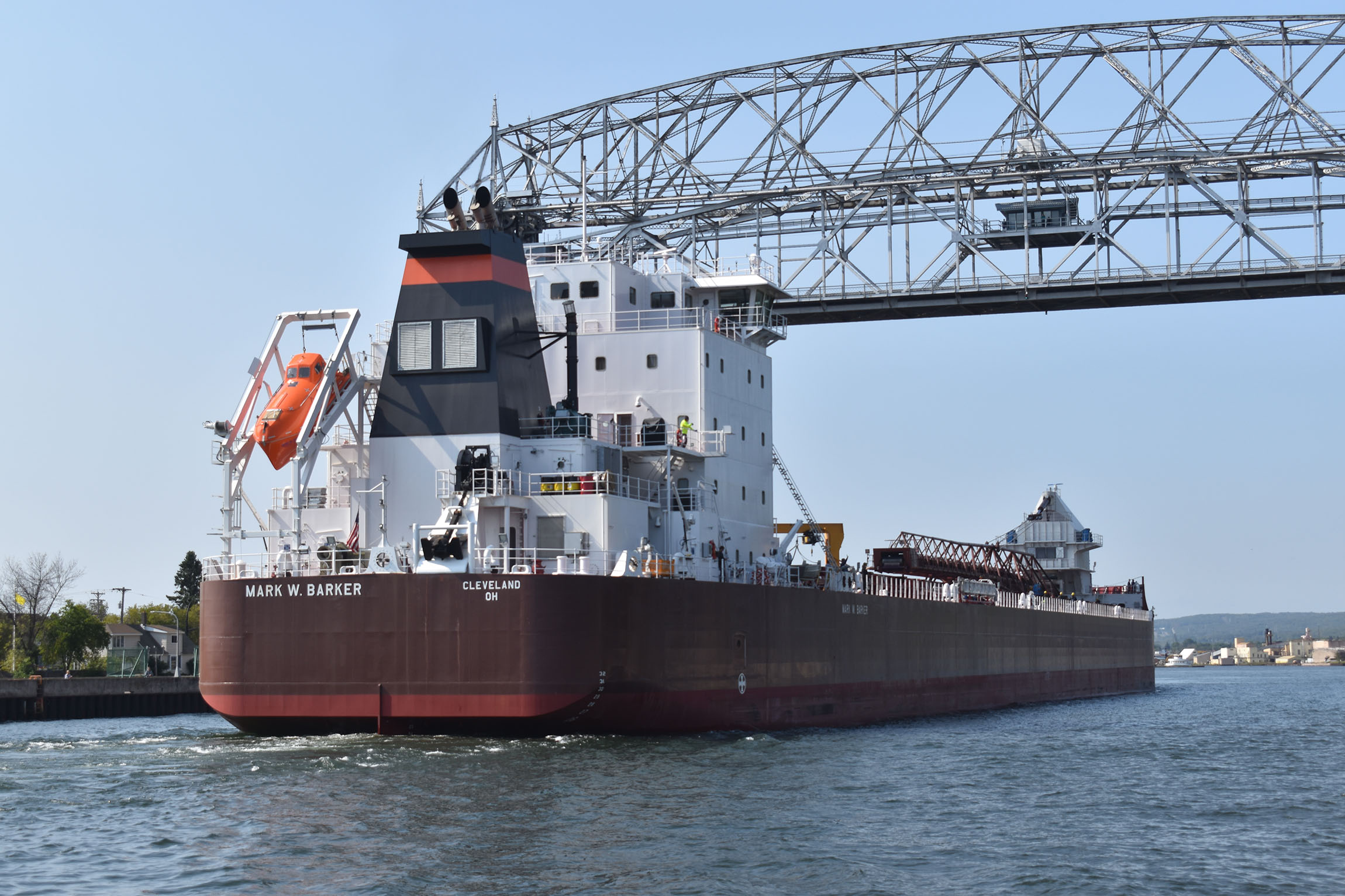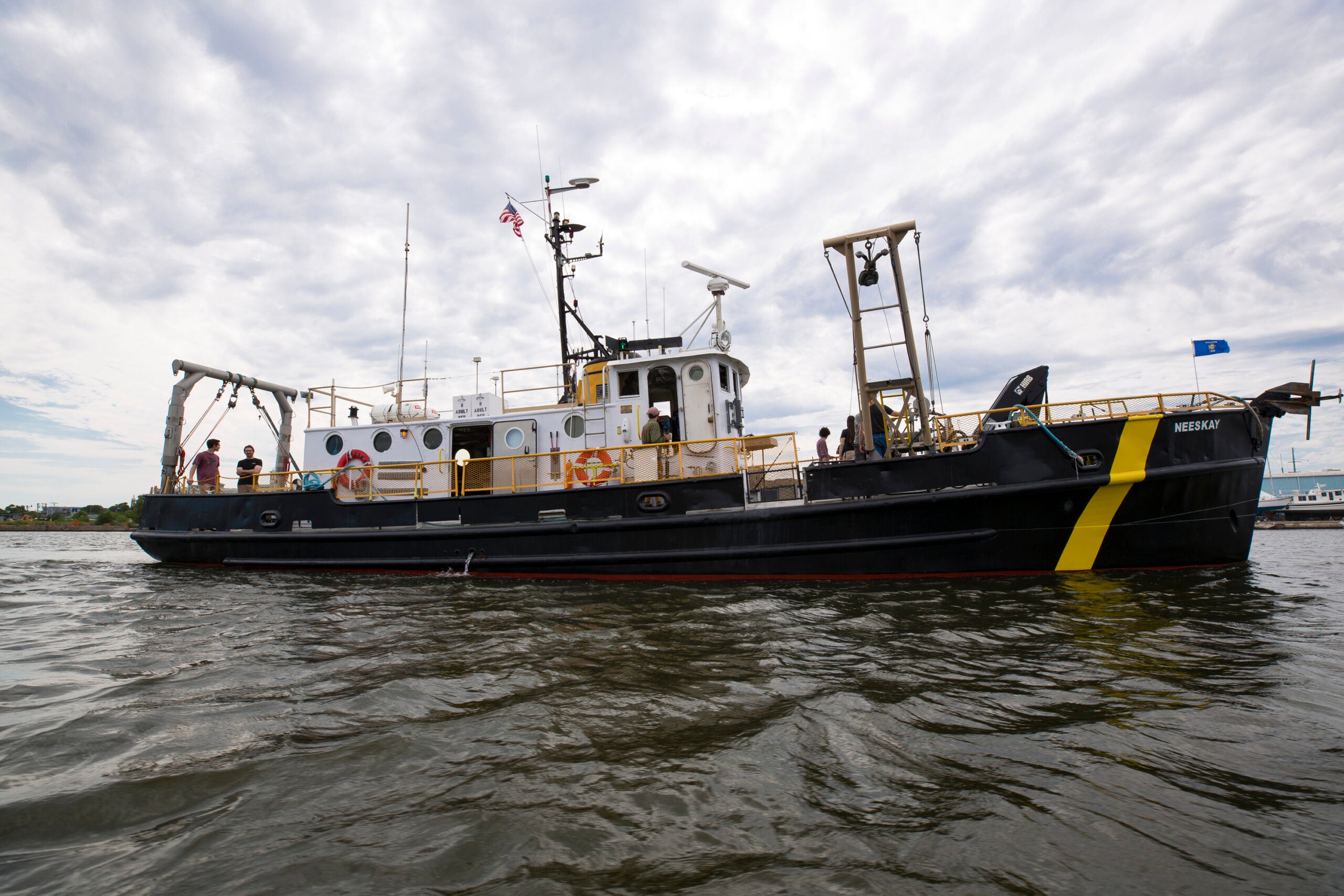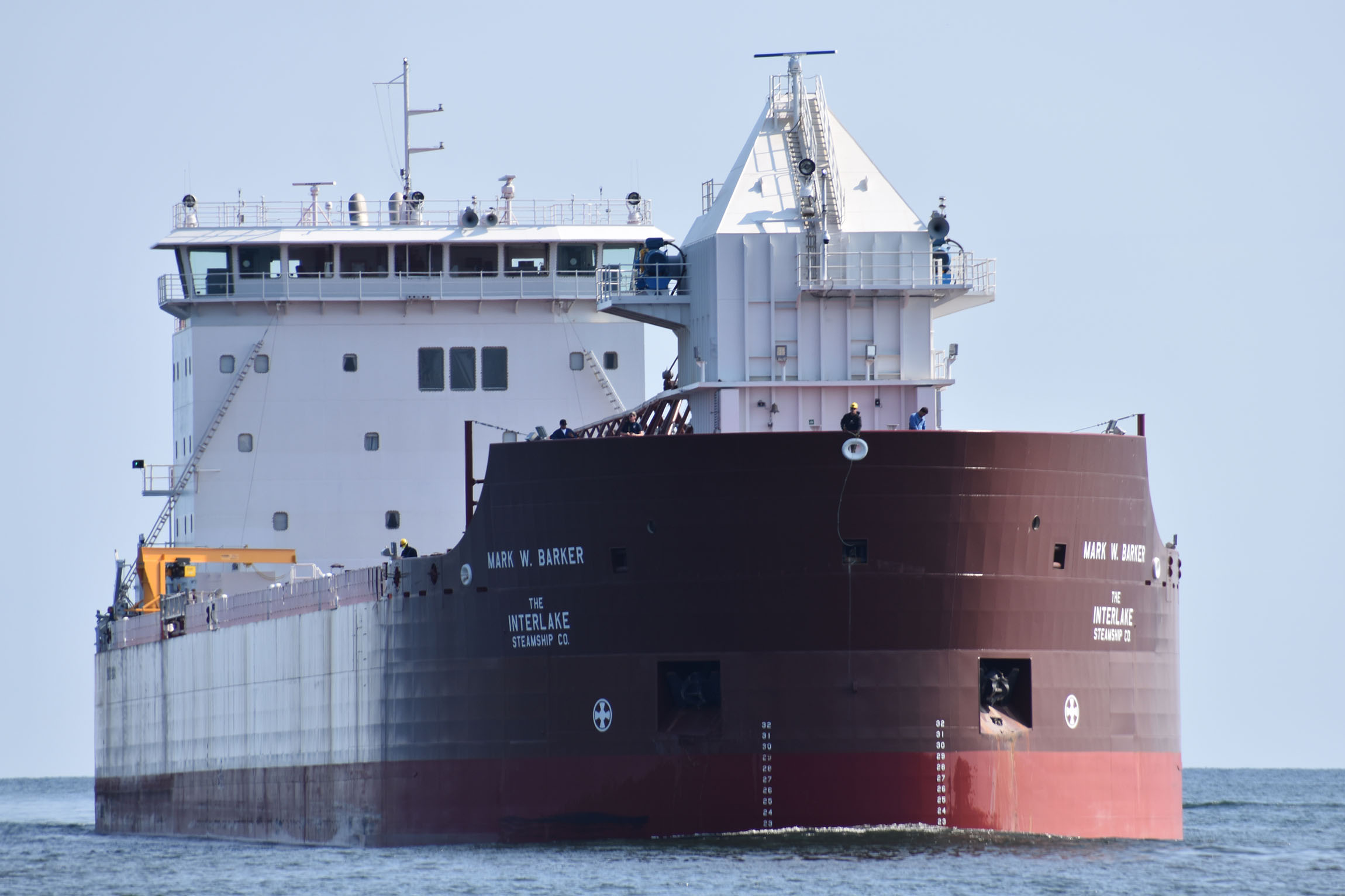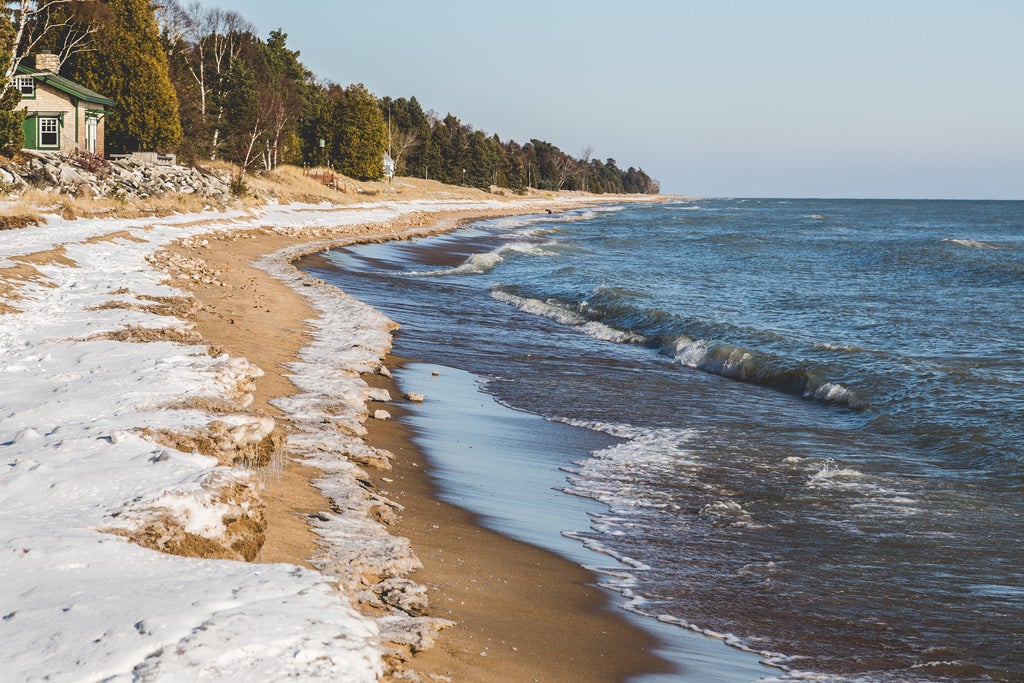It’s Great Lakes ice versus cargo vessels this spring, and so far the ice is winning: What’s being called an “ice blockade” has cut cargo numbers in half through March.
Lake Carriers Association vice president Glen Nekvasil says one ship left Duluth-Superior on March 26, and didn’t arrive at the Gary, Indiana port until April 7.
“That’s a voyage that under normal circumstances would take two-and-a-half days, and what did it end up taking? Eleven days? Twelve days? ,” said Nekvasil. “It’s pretty brutal out there.”
Stay informed on the latest news
Sign up for WPR’s email newsletter.
The ice is making shipping costly too. Cargo on the Great Lakes fleet is down more than half this month compared to last March. Iron ore is off 47 percent, coal 45 percent, and dry bulk cargo such as cement is down 67 percent.
Kenny Pepper is the lieutenant commanding officer of the 140-foot Coast Guard cutter Morro Bay. The Morro Bay was in Duluth this week getting its rudder repaired from ice damage.
“I’ve never seen anything like it,” said Pepper. “I saw pressure ridges out there that were easily 12 feet high. Our job is to facilitate commerce – that’s why we have these ice breakers. The ice this year is just incredibly challenging, it’s nothing like we have experienced in recent memory.”
Nekvasil says he’s hearing that too.
“Some of these ice formations, well, they’ve been beyond the capabilities of the 140s and they have strained the capabilities of the heavy ice breakers,” said Nekvasil. “We’ve had issues with breakdowns – not just on the Coast Guard cutters but our boats too. So this has been testing everybody, and sometimes the ice has basically won.”
Coast Guard convoys will continue on Lake Superior at least through the weekend, although Nekvasil says warmer weather is helping ease the situation.
Another casualty of the ice is number of U.S. flagged lakers that are in service, idling many Great Lakes sailors. As of April 1, only 23 are sailing, compared to 38 a year ago.
Wisconsin Public Radio, © Copyright 2024, Board of Regents of the University of Wisconsin System and Wisconsin Educational Communications Board.





